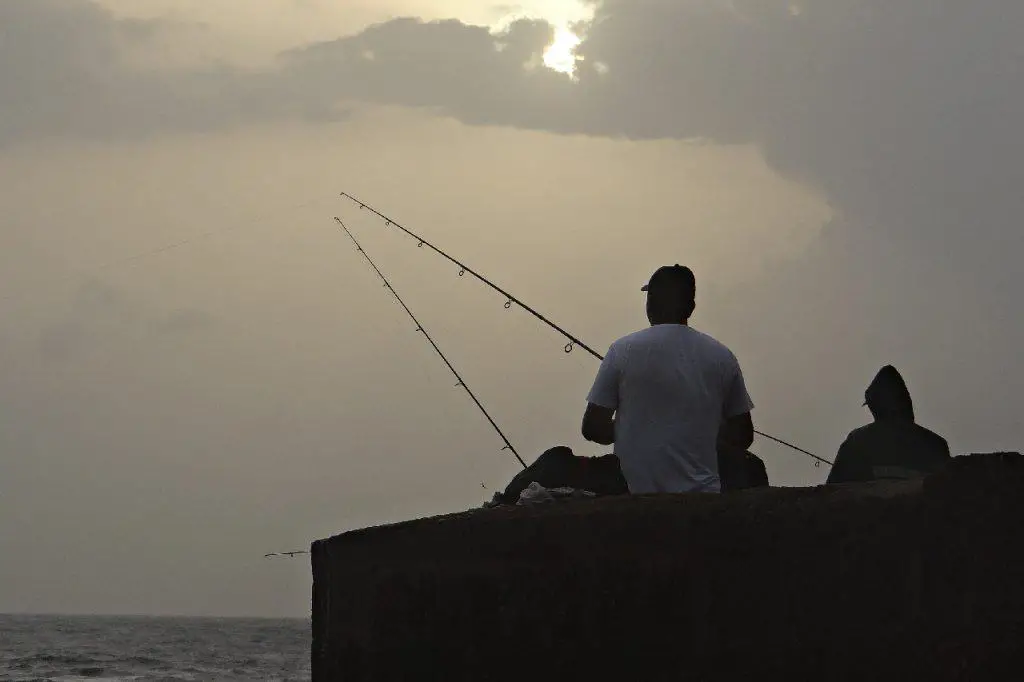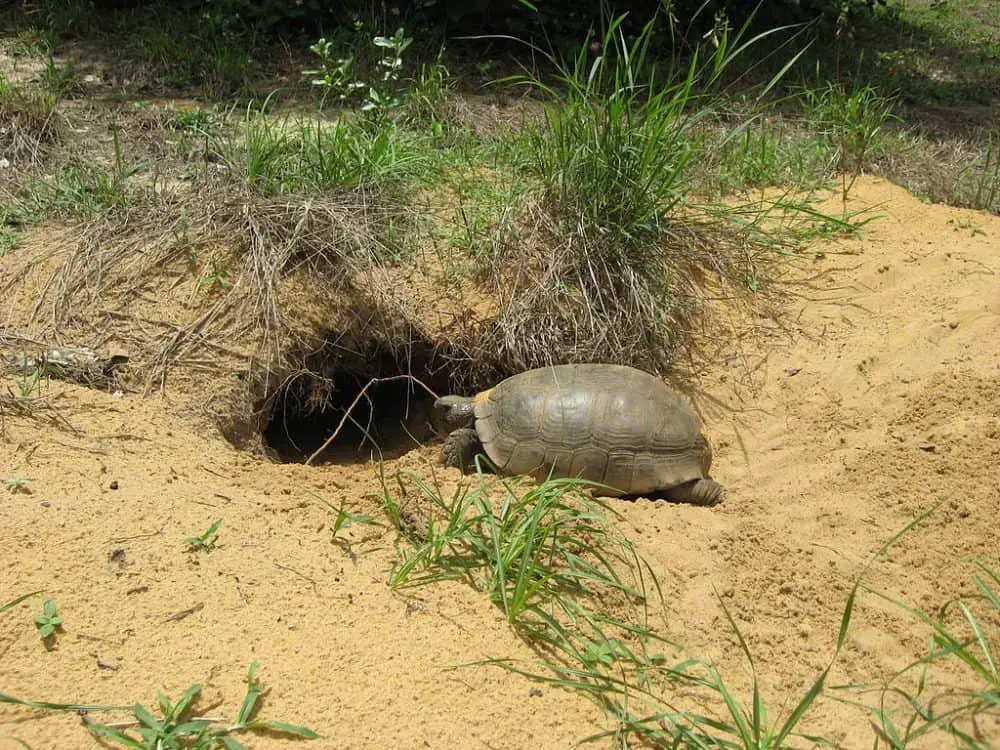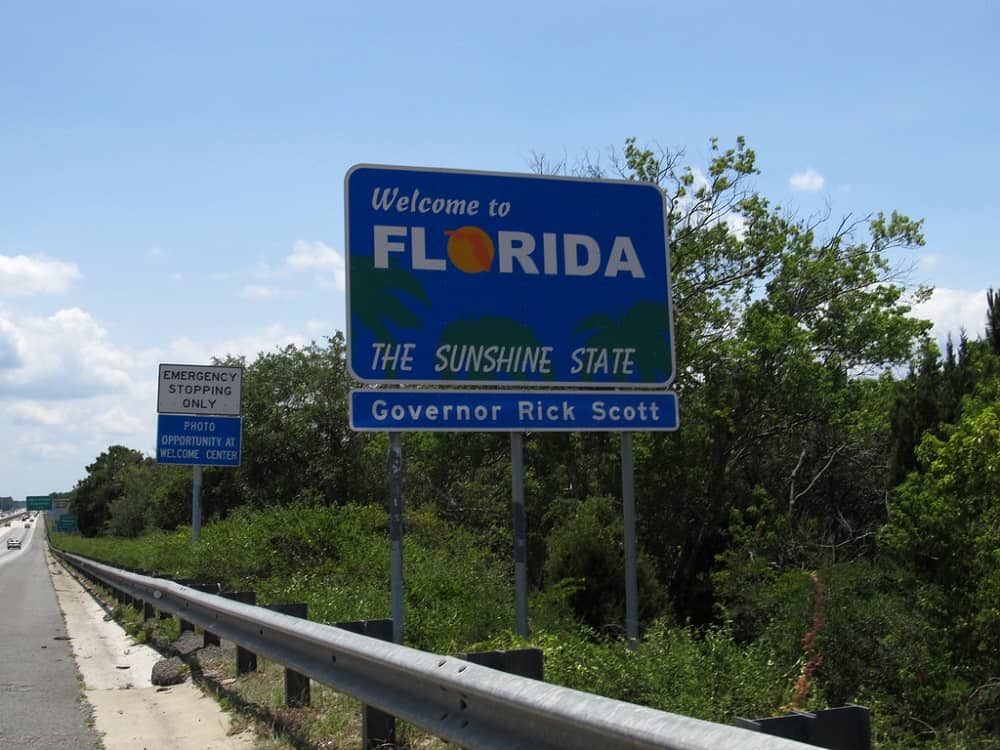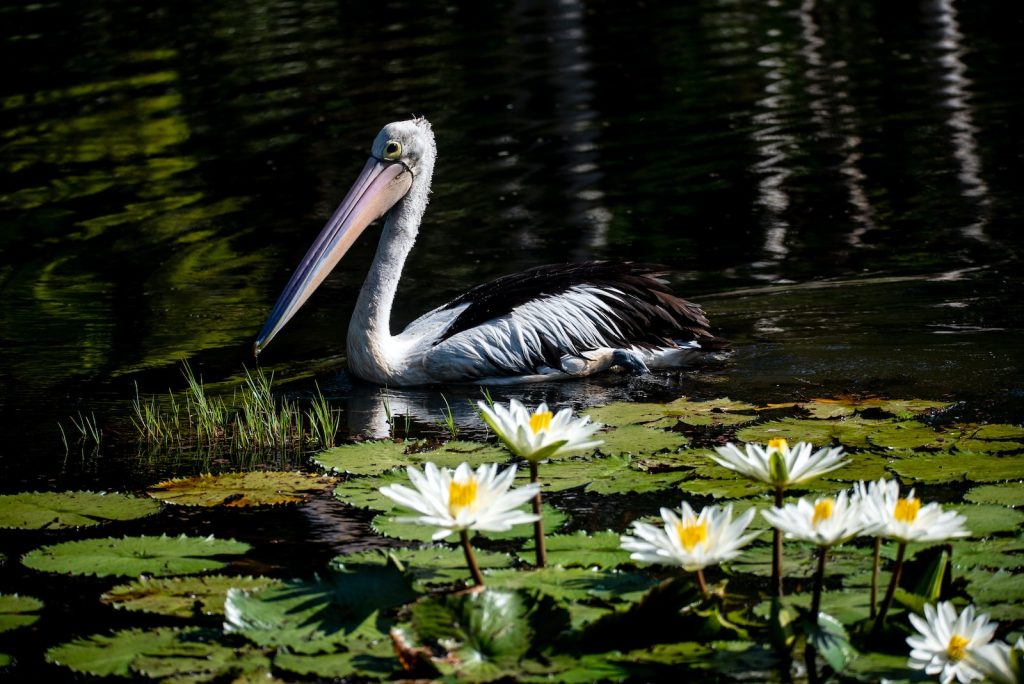Florida’s woodpeckers are an integral part of its natural ecosystems. They are common in Florida’s wooded areas and play an important part in maintaining a healthy environment.
The presence of woodpeckers helps maintain the natural balance in the environment by removing pests such as bark beetles, wood-boring insects and wood-boring bugs from trees and other wooded areas.
Their colorful feathers are a beautiful sight!
The state of Florida provides a great habitat for woodpeckers. Florida has mild weather all year round due to its lengthy summers.
The state has gentle winters. It makes it an incredible haven for birds fleeing the bitter winters of neighboring states. In Florida, there are up to nine different species of woodpecker.
Some are transients who move seasonally, while others settle there permanently. For instance, the summer months are more probable than the winter months to witness a Downy Woodpecker.
Visit Florida’s woodlands and woods or bird feeders if you want to see woodpeckers in person.
1. Red-headed Woodpecker
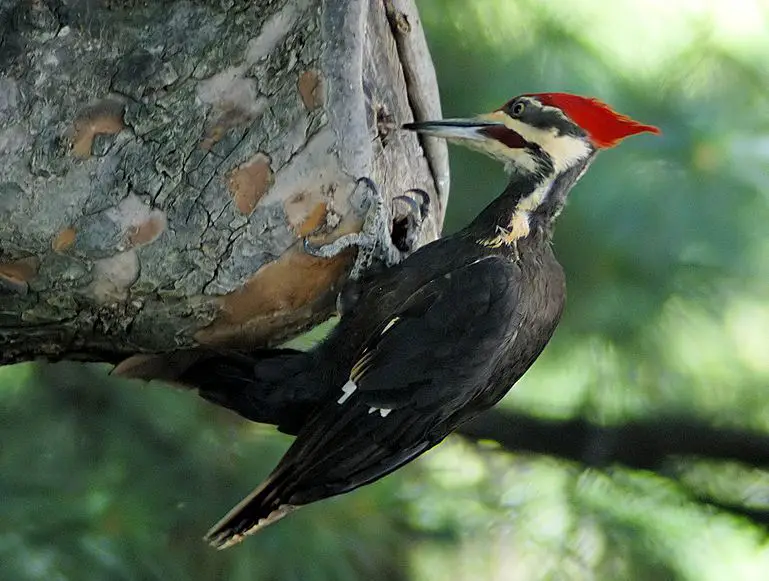
Florida is part of the “breeding and wintering range” for the Red-headed Woodpecker. The ideal time to observe one in Florida is during the winter months because they migrate to central-northern regions of the U.S. and southern Canada each season to breed.
They can be found in forests, particularly in the vicinity of dead or decaying trees and in swampy places, and are easily identified by their fiery-red heads.
Red-headed Occasionally, woodpeckers will stop by backyard feeders, preferably suet feeders.
Additionally, they consume seeds, corn, acorns, pecans, beechnuts, and a variety of fruits (including apples, pears, cherries, blackberries, raspberries, strawberries, grapes, mulberries, and poison ivy fruits).
They are less common than other varieties of woodpeckers to see at feeders and have a diminishing population. Red-head woodpeckers favor open and semi-open woodlands with short or clear understory. It also occurs in similar habitats in suburban areas.
Red-headed woodpeckers perch on bare branches, snags, and utility poles they often use as a base for sallying out to catch insects. They are usually seen in pairs or family groups. In the fall, they collect nuts and acorns.
2. Red-bellied Woodpecker
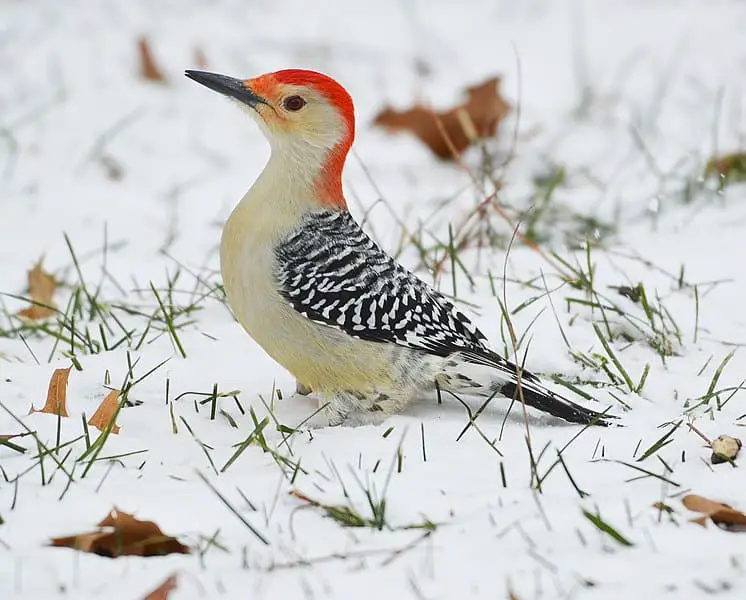
A year-round resident of Florida and much of the eastern United States, the Red-bellied Woodpecker is one of the woodpecker species.
Do not mistake them for Red-headed Woodpeckers despite the fact that they have red heads and somewhat red bellies. When suet is provided, these medium-sized woodpeckers are more frequent at feeders than red-headed ones.
They occasionally can be observed consuming nectar from hummingbird feeders and prefer to nest in dead trees.
Red-bellied woodpeckers consume both invertebrates and plant-based foods as part of their varied diet. They consume acorns, berries, seeds, spiders, and beetles.
If they can capture them, they will even devour little lizards. Of all the Florida woodpeckers, the red-bellied woodpecker is the most common.
In deciduous woodlands and semi-open environments, it can be found almost anywhere there are trees.
In suburban areas with forests, it is also typical. Red-bellied woodpeckers frequently travel alone along the trunks and branches of trees. Instead of drilling into the bark, they most often pluck at it to find insects.
Its flight path is distinctively undulating.
3. Downy Woodpecker
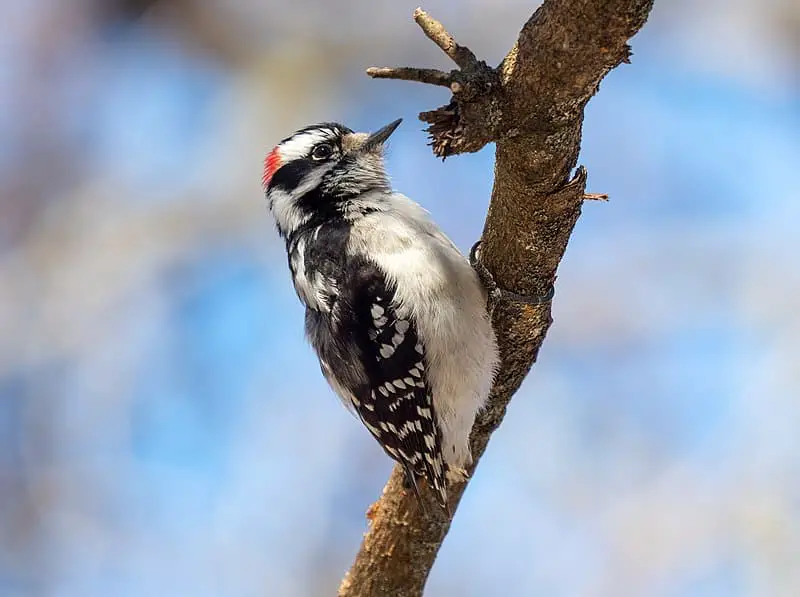
These small woodpeckers don’t migrate, so you can see them all year round in Florida. They are the smallest species of woodpecker in North America and are extremely widespread across practically the whole country.
They frequently visit new feeders first because they are also fairly common at bird feeders.
They enjoy suet, but they also eat a variety of seeds, including peanuts, millet, and sunflower seeds. Their sparrow-like size, white markings on their backs, and white underbellies make them easy to detect.
A red patch will also be seen on the top of the skulls of males. Deciduous forests are preferred.
Additionally, they browse among high bushes and garden plants. They are widespread in urban semi-open woods.
Downy woodpeckers rip and pound into bark and wood in search of beetle larvae, ants, and other invertebrates. They acrobatically cling to small branches and twigs.
4. Hairy Woodpecker
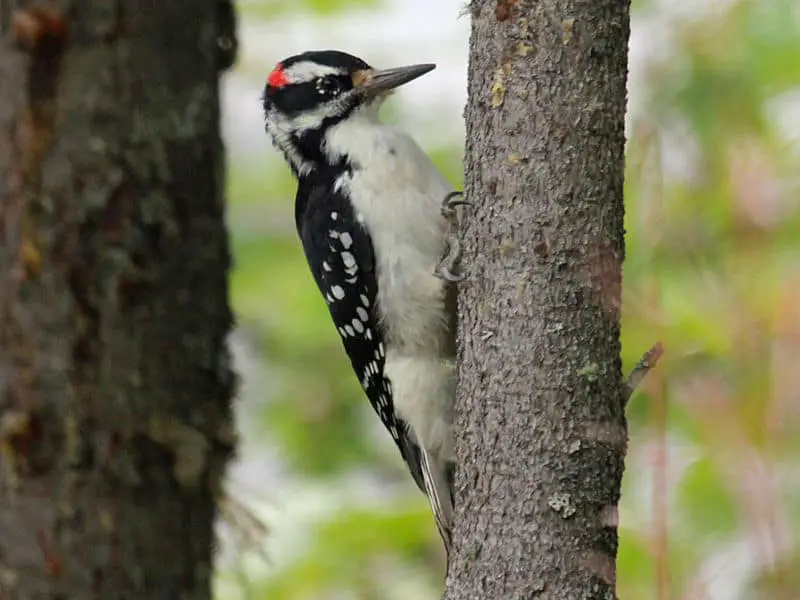
You might be asking if the bird in this image is the same one you saw earlier.
No, although they do resemble one another. With the exception of a few small spots in southern Florida, Hairy Woodpeckers can be seen all year in Florida.
These woodpeckers are considerably bigger than Downy’s, and their beaks are also substantially bigger. Other than that they are tough to tell apart and are remarkably similar in all ways.
They are generally less frequent near bird feeders, in my experience.
Hairy woodpeckers mostly eat ants, various insects, and the larvae of wood-boring beetles. It eats some fruit and seeds in its diet. It frequents backyard bird feeders frequently.
Hairy woodpeckers can be found in a wide range of forest types, although they seem to favor mature forests since they have an abundance of wood-boring beetle larvae there.
It frequently gathers in places with a lot of dead trees, especially after burns. In suburban regions, it happens.
From the ground to the tops of trees, hairy woodpeckers cling to the trunk and branches. It actively drills deadwood and bark in search of beetle larvae.
5. Red-cockaded Woodpecker

The Red-cockaded Woodpecker is a sporadic resident of just the Southeast of the United States, however, it spends the entire year in much of Florida.
The U.S. Fish and Wildlife Service has categorized this woodpecker as endangered, and habitat loss is the primary cause of its precipitous population decline.
It is therefore unlikely that you will encounter this bird in your backyard; instead, your best chance of seeing one is in a National Park or other form of a wildlife sanctuary.
Visit this page on the Florida Fish and Wildlife Conservation Commission website to learn more about Red-cockaded Woodpeckers in Florida.
6. Yellow-bellied Sapsucker
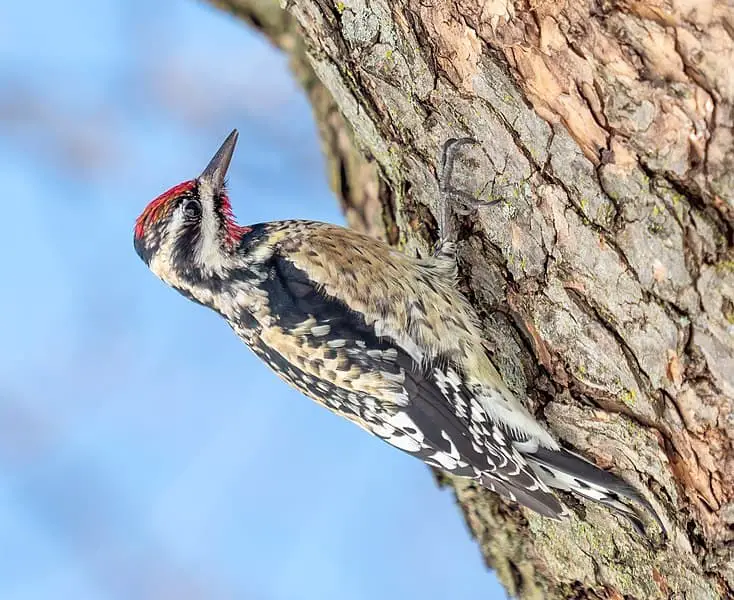
In addition to Florida, the Yellow-bellied Sapsucker also has a non-breeding range in the Southeast United States, Central America, Cuba, and the Bahamas.
They spend the winter in Florida because they migrate annually to Canada to reproduce. Wintertime or late March and early April, when they travel north, would be good times to observe one.
They are not frequently seen at bird feeders, and their main source of nutrition is sap. They use their long tongues to extract sap from holes they drill into maple, elm, aspen, and birch trees. In addition to sap, they will consume a variety of insects.
Woodpeckers are one of the most beloved birds, with their colorful plumage and distinctive sound.
In Florida, there is a large variety of woodpecker species that can be observed in the wild, which makes it an ideal spot for birdwatchers and nature lovers alike!
From the large Pileated Woodpecker to the diminutive Downy Woodpecker, this article will explore all the woodpeckers you can find in Florida’s forests and swamps.




